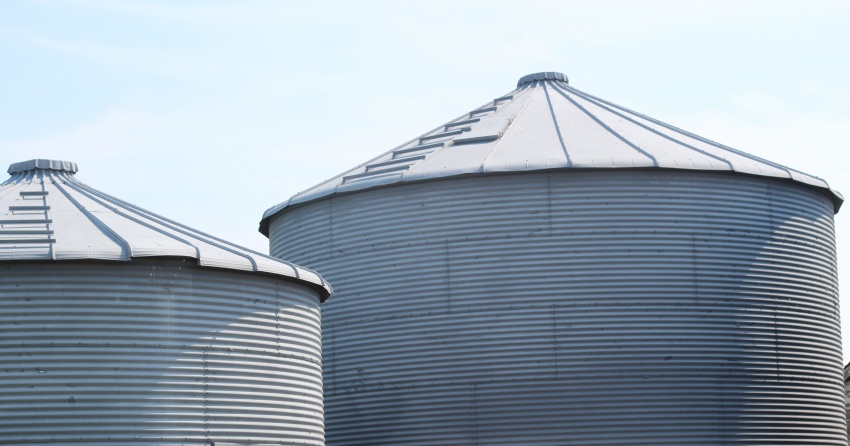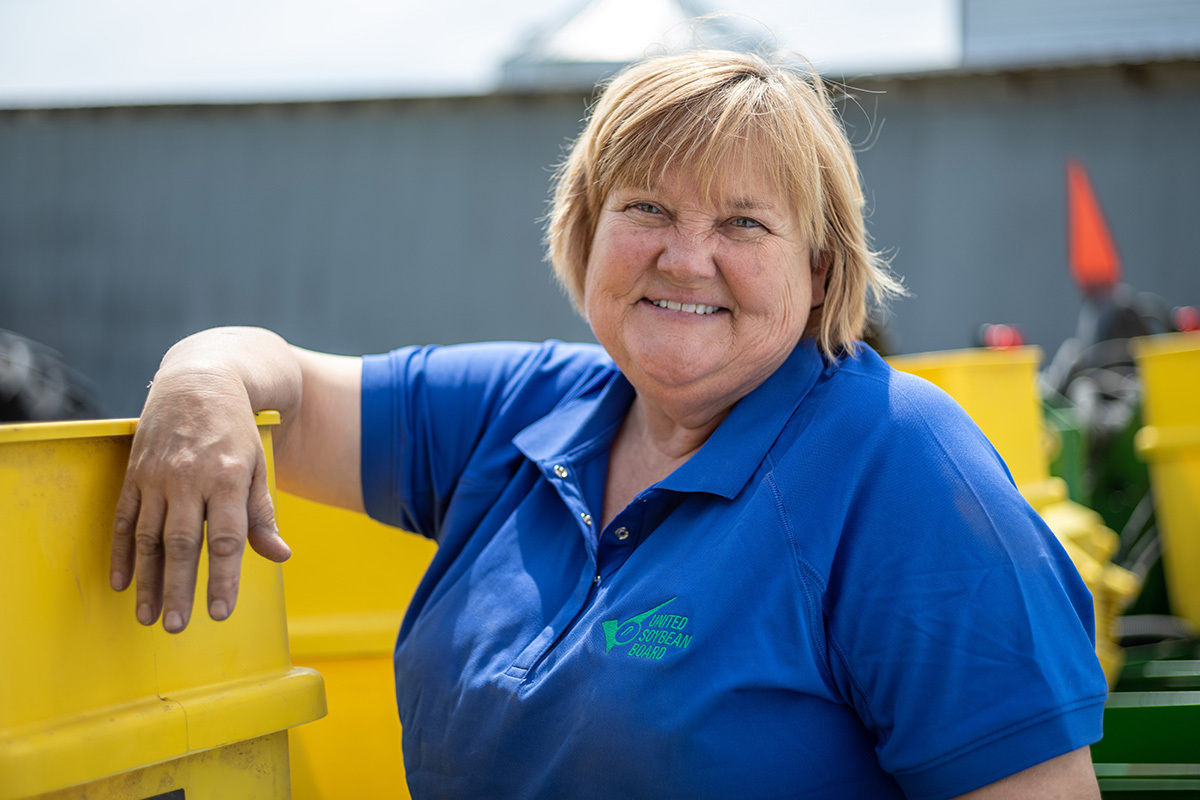Storing Up for the Winter

Where you live and when you harvest might impact how you store soybeans
Weather conditions can impact when and how you harvest, and also how you store your soybeans. Storage practices can differ by geography and climate – but no matter where you farm, knowing your storage timetable can have a big impact on profitability.
“Farmers going into very short-term storage are usually facing cooler temperatures and can handle high moisture contents for a short period of time without sacrificing quality,” says Ken Hellevang, North Dakota State University extension specialist and ag engineer. “Longer-term storage requires drier beans to prevent spoilage or mold growth. So, just knowing how long soybeans will be stored will determine optimum moisture content.”
There are factors besides timing that also impact soybean storage. “I encourage farmers to also consider drop height,” Hellevang says. “If we allow soybeans to drop several feet, we’re going to see some splitting and damage with those beans, so it’s best to limit that drop height to about six feet.”
Hellevang also suggests aerating grain and controlling the grain temperature. “It’s critical that we control the temperature to cool it down for winter storage and then keep it cool as we head into summer,” he says.
Watch the video below for more.



